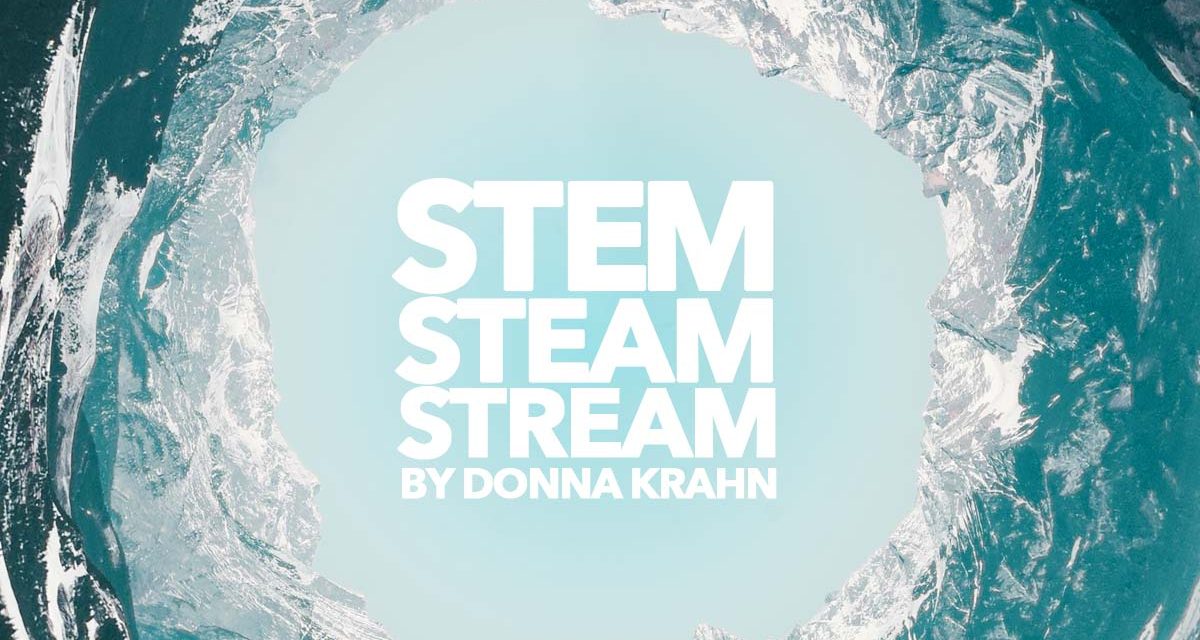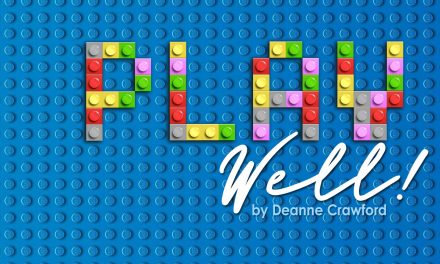STEM, STEAM, STREAM – Are you confused? You see these acronyms plastered everywhere. Not just on your educational materials, but on toys and kits and things that are supposed to be fun. So what does this all mean?
The current push in our country is to prepare students for a career in the areas of science, technology, engineering, and mathematics – STEM. A product of No Child Left Behind, STEM has been around since 2004, but now there is funding so you hear more about it. Some folks, realizing that those four aren’t enough, developed STEAM – science, technology, engineering, art, mathematics. This adds the design and creativity needed to look at a situation and develop a plan. This allows students to gain in technical skill but use creative ingenuity. The goal of both STEM and STEAM is outcome-based – to become part of the workforce in one of the specified skill areas and become a responsible member of society. Then enters SEA – science, economics, and arts. The focus for SEA is not to become part of the workforce, but to create the workforce. Let’s now add the newest acronym, STREAM – science, technology, reading, engineering, arts, and math. This movement recognizes that reading (and wRiting) is foundational to all subjects and necessary in all fields of study and career.
The bottom line is that a student needs a well-rounded education. If you leave out any one of the important core subjects, you have a gap in education. As a parent, you have the opportunity to make sure that your students get a well-rounded education in all areas – math, science, history, language arts, foreign language, Bible, music, art and everything else that serves to shape young minds. Using quality curriculum ensures that your students get the education they need and deserve to become responsible, productive adults in whatever career they choose. Maybe you could develop your own acronym to fit your education plan. I know we have played with a few around here!
If you want to be sure that you’re covering the areas of STEM and STEAM, there are a plethora of products that can help you – at all ages. Learning Resources, for example, offers STEM activity sets for your young children (age 5 and up) in the areas of force & motion, magnets, simple machines, buoyancy, and robotics. These are sets that are just fun, but reinforce the concepts of STEM. Maybe you prefer a book of suggestions for STEM activities, Year Round Project-based Activities for STEM and Stepping into STEM. For the middle grades and up OWI makes all types of building kits with an emphasis on robotics and alternative power sources (salt water, solar power, and hydraulics), and Thames & Kosmos offer kits in a variety of science, technology, engineering, and applied mathematics areas. Wikki Stix, ZOOB, and K’nex are just a few of the many other companies who have tacked STEM and STEAM onto their products. If you want to turn STEM and STEAM into STREAM, add reading to your topic being studied and have students write to express their observations and convey ideas.
I feel like STEM, STEAM, STREAM, and even SEA have been taught for years without giving them the official titles. So, don’t let the names fool or confuse you, and just keep teaching the good stuff that you have been teaching thus far. Not every child will end up in a science, technology, engineering, or math career, so prepare them for their unknown future by just teaching them well and encouraging their areas of interest. Create in your children a love of learning – the true purpose of education should be to make minds, not careers.





